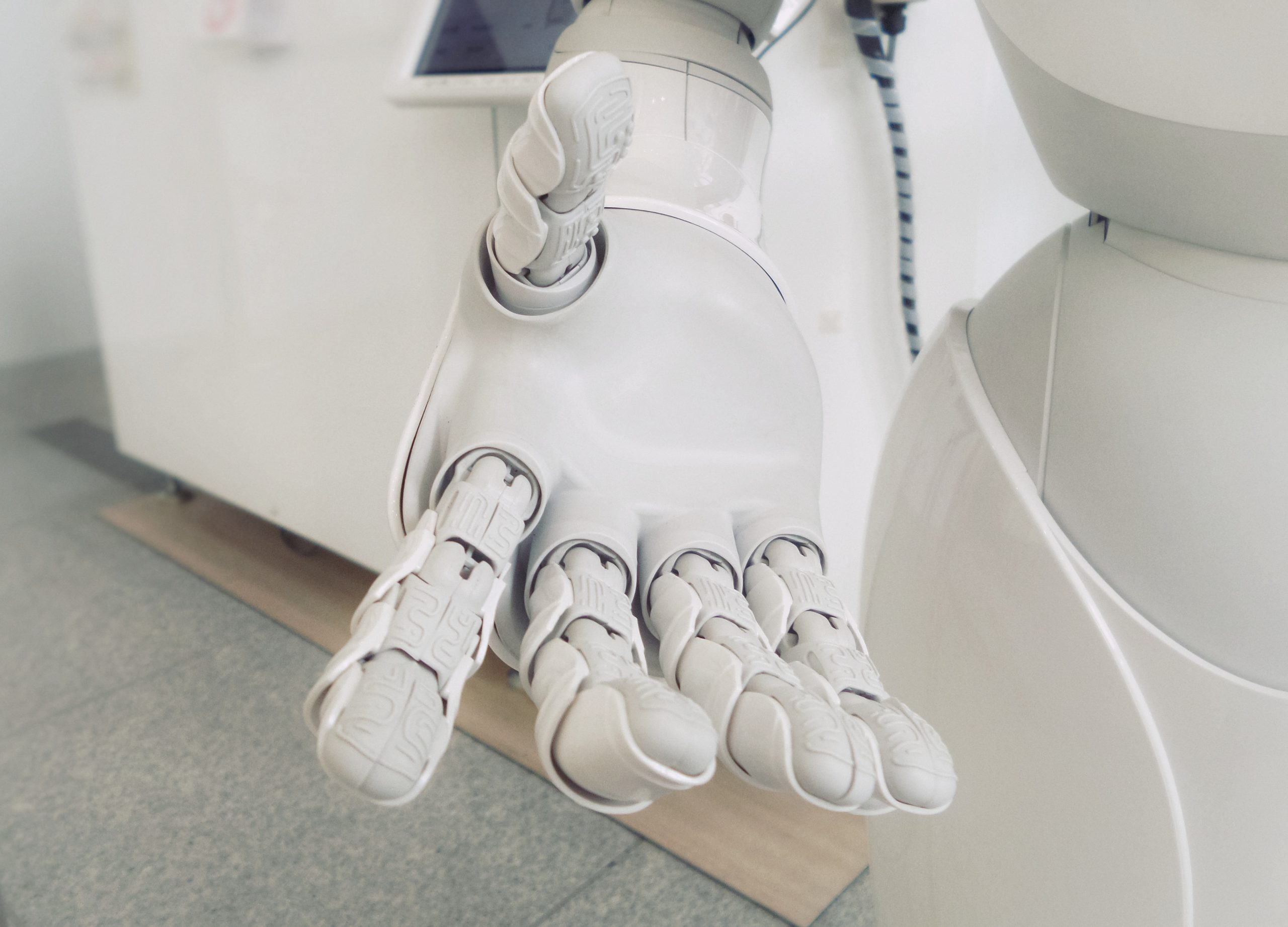Within just a few decades, healthcare establishments worldwide have tremendously transformed the way they use technology to administer top-quality care.
Compared to several years ago, clinics, hospitals, and practices today are far more advanced in terms of the systems and pieces of technology that they use to easily fulfill service demands. In particular, machines and robots have come to the forefront to exponentially improve the workflows of establishments because of their ability to assist in critical processes.
Today, it is quite common to see both talented and skilled hands work together with robotic or AI-driven pieces of technology to help ensure that vital tasks and workflows go smoothly. For surgical procedures, machinery is especially common now because they help attain a necessary level of precision and efficiency that is used to prevent unwanted errors.
With all the buzz that surrounds robotic technologies and their full-fledged applications in the healthcare industry, it’s easy to say that treatments will never be the same again. However, one application of the technology in question has also helped make a difference in clinics and hospitals outside of operating rooms: Non-surgical robots.
The rise of nonsurgical robots
Regarded by many as some of the most morale-boosting forms of relief in modern healthcare spaces, nonsurgical robots have become an essential part of any medical team.
Compared to their older, more established counterparts that are strictly used in surgical procedures, these robots can take care of various administrative or management-related matters. Thanks to their autonomous, lifelike, and intelligent nature, they’ve become a great source of help in standard tasks like sanitizing rooms, facilitating spaces, and delivering supplies.
In fact, these feats of modern healthcare-purpose robotic engineering have become far more capable of completing and augmenting various types of common tasks among human employees. Although such a sight may seem strange at first, the development at hand is no odd coincidence.
The current roles they play in modern healthcare settings
Today, nonsurgical robots are becoming an increasingly frequent sight in clinics, hospitals, and practices around the world because of their widespread availability and application.
Although it might seem like a novelty at first, it’s important to note that these robots are far from being mere gimmicks—what we’re seeing now is just a small glimpse into the future. According to worldwide robotics research director Remy Glaisner of the IDC, the role of robots in modern healthcare settings is a growing one, saying: “Is there a robot that you could see on the hospital floor delivering drugs or towels or a meal to a patient? That is actually something that’s been picking up.”
Today, one of the most significant applications of these administrative wonders can be seen in Los Angeles. At Adventist Health White Memorial—which is considered one of California’s leading institutions—a fleet of seven LightStrike robots now operate at a full capacity and work 24/7 since 2015. Manufactured by Xenex Disinfection Services, these robots have been developed and programmed to decontaminate rooms by deploying various wavelengths to kill different types of germs and bacteria, all without human contact.
A small glimpse into the future of nonsurgical robots
According to Zion Market Research, global medical robot expenditures are expected to rise upwards of 20 percent from the current $19.68 billion cap. Based on the report’s findings and forecasts, healthcare establishments around the world are predicted to shell out a collective $24.6 billion on all types of nonsurgical assistants to further improve service quality!
Given the current rate of adoption in healthcare establishments, the powerful presence of the technology that is seen today is only a mere fraction of the potential impact that such investments can bear in the long run!
Conclusion
While it’s no secret that the future of robotics-assisted healthcare is fast approaching, even bigger developments are coming in the form of quickly-evolving nonsurgical robots. With the help of these feats of engineering, today’s establishments are now on the horizon of a more efficient future thanks to all the different opportunities that are being made available!
If you’re looking for the best health and medical news in the American healthcare industry, subscribe to our newsletter at Dose of Healthcare today!


















